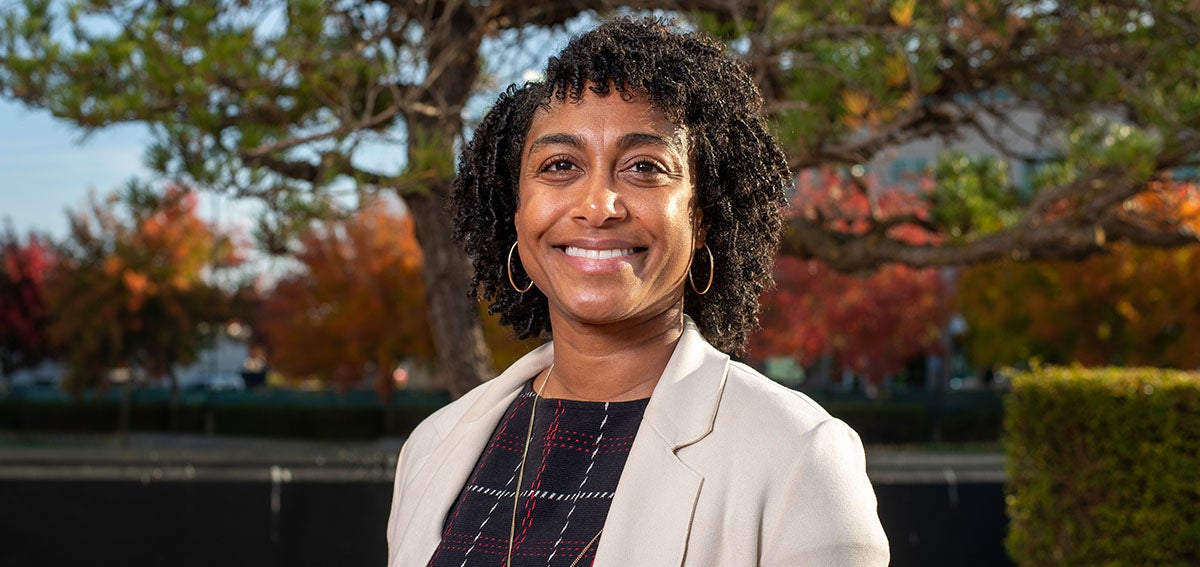
When COVID-19 erupted in 2020 and Americans were urged to stay home, telehealth services became a crucial option for obtaining health care. For countless people who needed health care services but had to limit in-person contact to avoid the coronavirus, telehealth was a lifeline. It meant they could see their health care practitioner remotely and that the provider could be paid for the visit.
In California, even before the COVID-19 pandemic, telehealth policies were among the most robust in the nation. The California Department of Health Care Services (DHCS) then took those rules one step further with temporary policies for the pandemic. The goal was to ensure telehealth services would be accessible so Californians could maintain contact with their health providers while also staying safe. Their choices were embraced by the public and health care providers. Lawmakers including Governor Gavin Newsom made those changes permanent starting in 2023 for Medi-Cal, the state’s Medicaid program that serves 14.6 million people with low incomes or disabilities.
I recently interviewed Mei Wa Kwong, JD, executive director of the Sacramento-based Center for Connected Health Policy (CCHP), about the far-reaching impact of these telehealth policies and their implications for California’s health care future. CCHP is a nonprofit, nonpartisan group that aims to maximize telehealth’s potential to improve health outcomes, care delivery, and cost effectiveness. Our conversation has been edited and condensed for clarity.
Q: What will change for health providers and patients when the permanent policies take effect on January 1?
A: Not everything changed. California preserved the main policy relaxations that were temporarily put into place because of COVID-19. Providers will be paid for audio-only visits — usually phone conversations — at the same rate as in-person visits with some exceptions. However, there were other telehealth policies that are completely new that could have an impact on telehealth access going forward. For example, DHCS is requiring that providers, with some exceptions, not rely solely on audio-only visits and that they offer live video as an option no sooner than January 1, 2024. This requirement could be an issue for providers burdened by connectivity issues, such as clinics in remote locations. Some providers who cannot or don’t want to meet the live video requirement might opt out of being a Medi-Cal provider, which could mean less provider availability. The DHCS rule will only apply to care provided to Medi-Cal enrollees, not enrollees in private health insurance plans.
Another Medi-Cal-only rule requires patients to complete additional consent forms regarding telehealth options to ensure that enrollees understand their right to choose between a telehealth or in-person visit. DHCS will need to make sure all enrolled providers using telehealth understand these new consent rules and expectations.
Q: Why was it so important for California to make the temporary telehealth policies permanent?
A: Many Californians have difficulty accessing services because of transportation barriers and provider shortages in their region. For them, access to robust telehealth services means they no longer have to miss work or leave family members behind because of a need to travel significant distances for health care.
But it isn’t enough just to extend the emergency telehealth rules that were adopted during the pandemic. Many patients have limited access to broadband services necessary for video calls. Others may have computers and broadband but lack the know-how to set them up for video calls.
Some health providers in rural or low-income areas may also lack broadband access or employ staff who need help using video telehealth technology.
Had DHCS completely rolled back COVID-19 temporary telehealth policies at the end of the public health emergency, some segments of the Medi-Cal population might have experienced decreased access to care. DHCS wanted to avoid that.
Q: What are the barriers to meeting the various 2023 and 2024 deadlines?
A: More details on how to implement the policies are needed to ensure success. There are only a few months to gather stakeholder input, develop guidance, educate providers, provide technical assistance, and create reasonable exceptions before most of these policies take effect on January 1, 2023. In addition to the new consent rules, other policies require development of guidance and specific policies that DHCS said would have exceptions available. However, other than the limited exceptions for patients being established via audio-only visit, we do not have the relevant details regarding other exceptions or how various policies will be implemented. The language for these items will be key to ensuring compliance. The development of guidance for the new policies will take time, and there is little time left.
The first step is to engage with stakeholders and widely distribute the necessary explanations, exceptions, and instructions in the clearest language and as quickly as possible. That would help avoid a lot of confusion and errors in billing that could contribute to misunderstandings of how telehealth is being used. Clarification regarding appropriate billing will help inform the research and evaluation plan that was also a part of the new policies.
Q: It’s clear that telehealth has the potential to address disparities in access to care. Are you worried at all that the sudden transition to the permanent rules might worsen disparities for some people?
A: Telehealth has shone a bright light on longstanding inequities in the health care system. Some can be addressed by continuing to allow audio-only visits. We’ve seen research that found older adults and people for whom English was not their first language tended to use audio-only more than live video. That’s why I think preserving the audio-only avenue is important. But you cannot use audio-only for everything. There are going to be situations where it’s not the optimal way to deliver care because live video or in-person care is needed. This is likely to create some differences in access for enrollees who may still lack broadband and also have difficulty accessing in-person services. So, a key question is, how can we support access to care for those who experience barriers?
More also needs to be done to address digital connectivity so these patients can experience the benefits of telehealth. This could include expanding broadband access, which other parts of state government are seeking to address. However, it will take time. I hope the state continues to develop as many options as possible for people to access and receive care, including audio-only, until all Californians have sufficient access to broadband and digital devices or easy access to in-person care.
Q: What do you think should be included in the research and evaluation plan that DHCS will be releasing soon?
A: Clear research and evaluation data will allow DHCS to see how frequently telehealth is used, the way it is used, which patients are opting to use it, and where it is being used. It will also help identify who isn’t being helped, where they are, and why telehealth isn’t being used with this population. It would help to correlate that data with the types of visits and whether racial and ethnic disparities in digital literacy and broadband access are factors.
Understanding impacts of additional provider mandates specific to Medi-Cal could also help ensure disparities don’t exist between Medi-Cal and commercial patients. With better education, data, and understanding around telehealth use, policy adjustments can be made to better serve enrollees and reduce disparities.
Authors & Contributors


Andri Tambunan
Andri Tambunan is a Sacramento-based documentary photographer and videographer. He specializes in photojournalism and long-term narrative. His documentary work focuses on social justice, health, environmental conservation, and identity, and he has a passion for using visual narrative to inform, engage, and effect social change.
As a multimedia journalist and storyteller, Tambunan has experience as a producer, visual creator, editor/curator, and project manager. He is proficient with image-editing software, studio lighting, video and audio capture, and many genres of photography.





